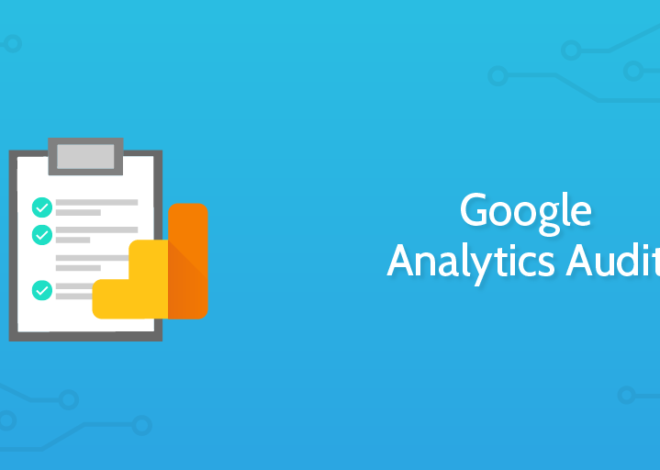
How to Use Data to Improve Your Content Strategy: 7 Simple Tips for Success
In today’s world, data is everywhere. When it comes to content, data plays a key role. How to use data to improve your content strategy is a question many marketers ask. Getting this right can make a big difference in how your content performs. Let’s explore this topic together.
Understanding Why Data Matters
Data is not just numbers. It tells a story. Knowing how your audience reacts to your content is vital. This information helps you make better decisions. With data, you can see what’s working and what’s not.
Key Benefits of Using Data
- Better Audience Insight: Knowing who your readers are.
- Performance Tracking: Understanding which content gets the most views.
- Content Optimization: Making changes to improve engagement.
When you use data, you can create content that truly resonates with your audience. This leads to higher engagement and better brand loyalty.
Collecting the Right Data
To use data, you first need to collect it. Here’s how you can do that.
1. Use Analytics Tools
Analytics tools like Google Analytics give you insights into your website. You can see:
- Page Views: How many people visit your pages.
- Bounce Rate: The percentage of visitors who leave after viewing one page.
- Average Time on Page: How long visitors stay on your content.
Using these metrics helps you understand your audience better. You can make informed changes based on this data.
2. Track Social Media Engagement
Social media platforms provide valuable data. You can see which posts get the most likes, shares, and comments. This info helps you know what your audience enjoys. You can then create more engaging content based on these insights.
3. Gather Feedback
Ask your audience for their opinions. You can do this through:
- Surveys: Short questions about their preferences.
- Comments: Read what readers say on your posts.
This direct feedback is gold. It tells you exactly what your audience wants.
Analyzing Your Data
Once you have collected data, you need to analyze it.
4. Identify Trends
Look for patterns in your data. For example:
- Are certain topics more popular?
- Do certain headlines attract more clicks?
- Is there a time of day when users engage more?
Recognizing these trends helps you adjust your content strategy.
5. Measure Against Goals
Set clear goals for your content. These can include:
- Increasing page views by 20%
- Reducing the bounce rate to under 40%
- Growing your email list by 15%
Compare your data against these goals. If you’re not meeting them, it’s time to rethink your approach.
Adapting Your Content Strategy
With data in hand, it’s time to adapt. But how exactly can you use this data? Here are some tips.
6. Create Data-Driven Content
Use your insights to guide your content creation. If data shows that users love “how-to” guides, write more of them. If they prefer videos, start creating engaging video content.
Always ask yourself: What does the data say? This simple question can lead you to great content ideas.
7. Test and Optimize
After releasing your content, keep testing. Use A/B testing for headlines and images. This means creating two versions of the same post to see which one performs better.
Regularly optimizing your content keeps it fresh. This helps maintain reader interest over time.
Conclusion
Knowing how to use data to improve your content strategy is essential. It enhances engagement, drives traffic, and builds your brand. Start by collecting data, analyzing it, and adapting your strategy. The result? Content that speaks to your audience and achieves your goals.
FAQs
1. What is the first step to using data for my content strategy?
The first step is to collect data using analytics tools. They provide valuable insights into your audience’s behavior.
2. How often should I analyze my content performance?
You should analyze your content performance regularly. Monthly or quarterly reviews are often effective.
3. Can I use social media data to improve my content?
Absolutely! Social media data helps you understand what resonates with your audience, enabling you to create better content.



